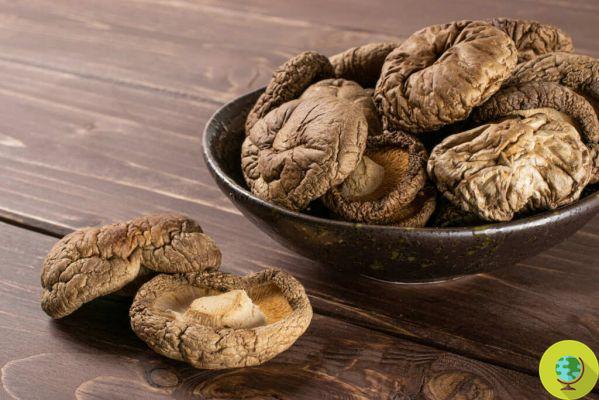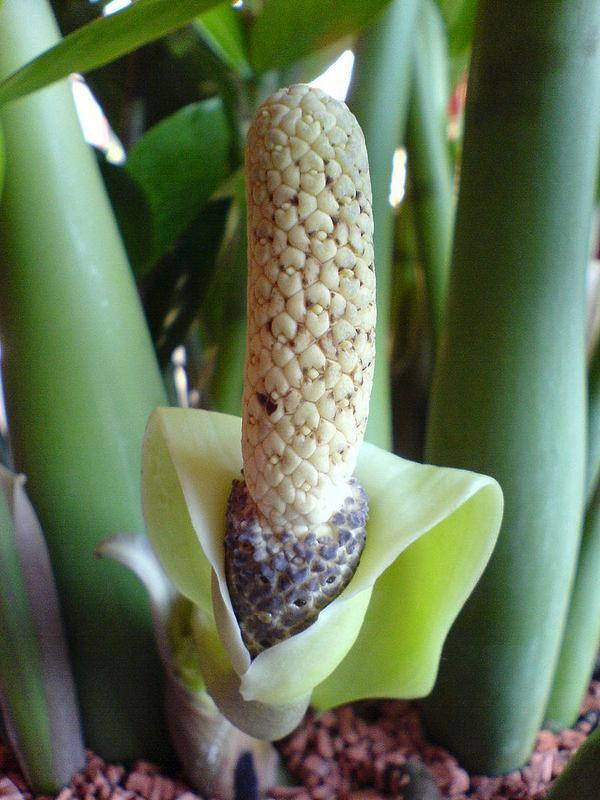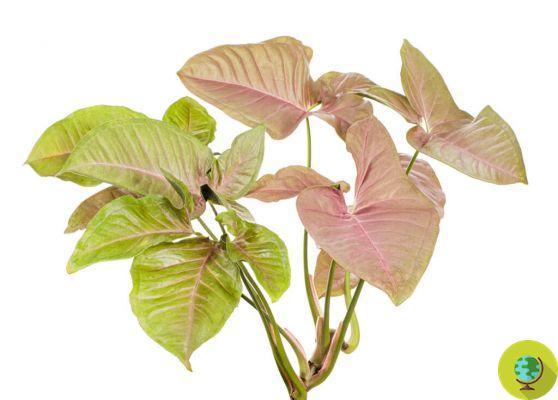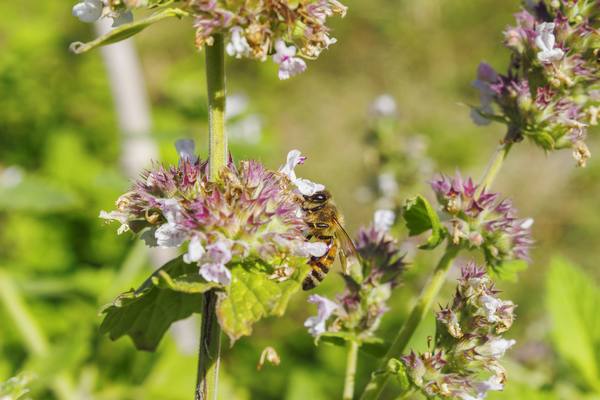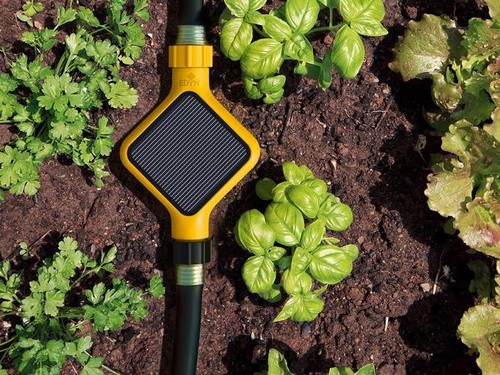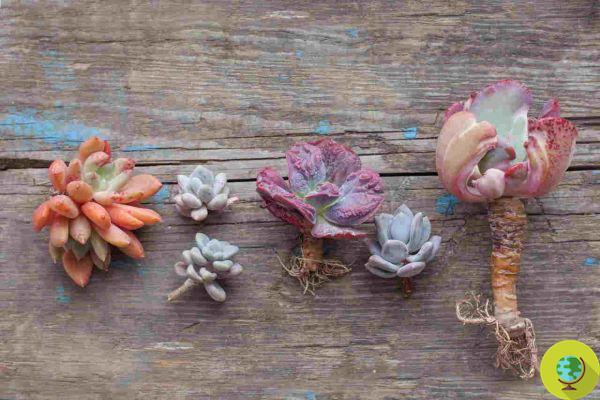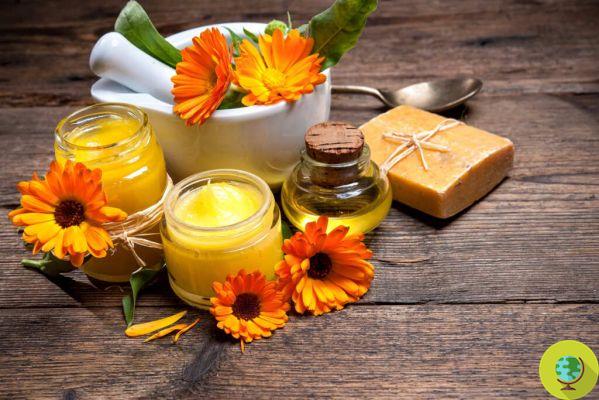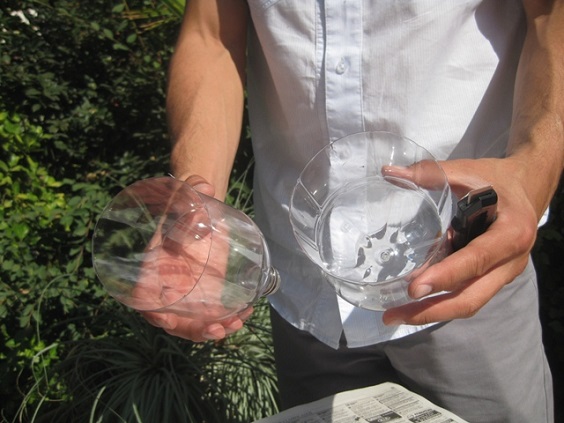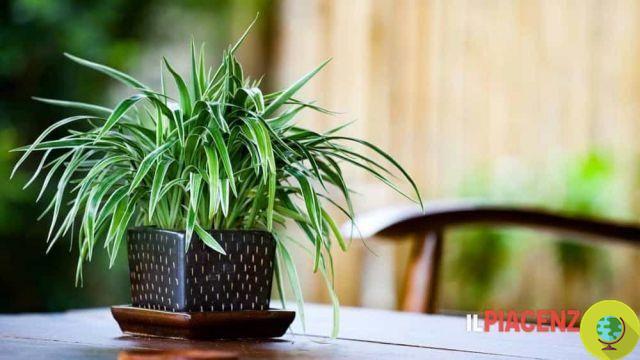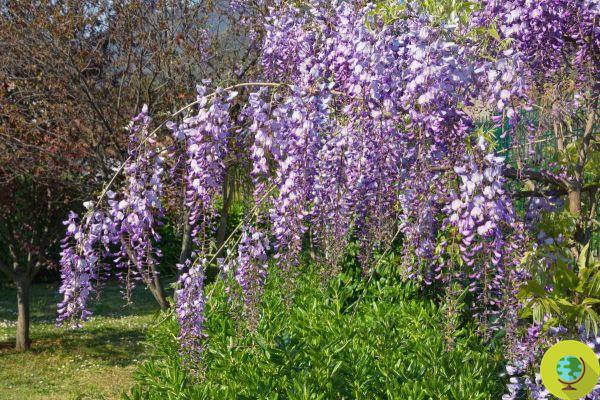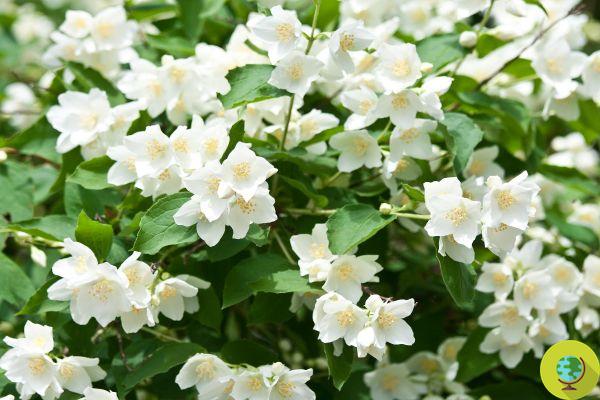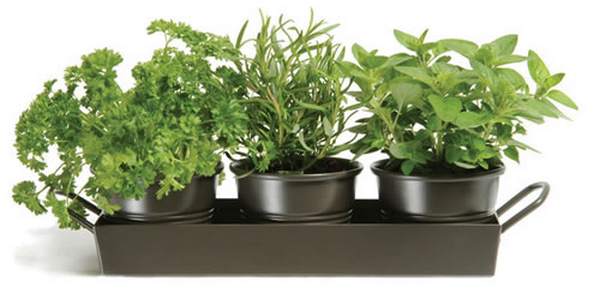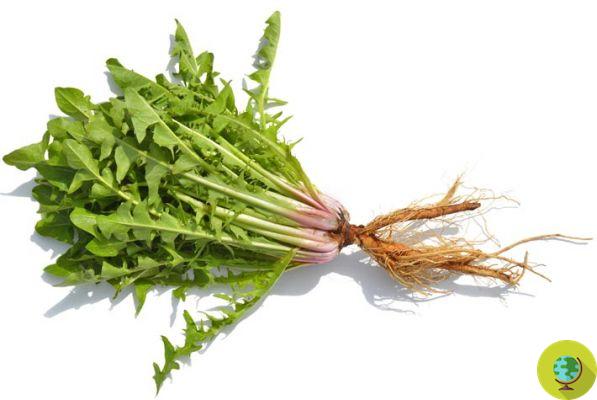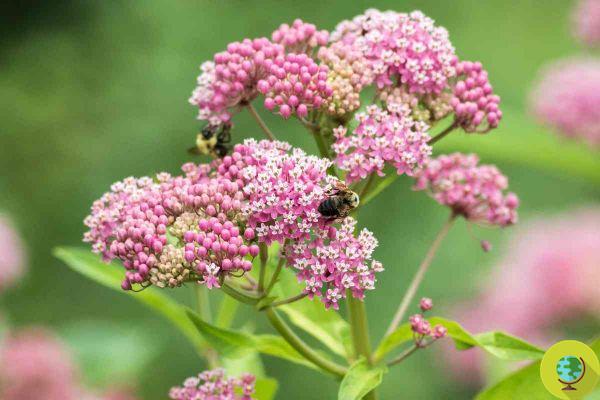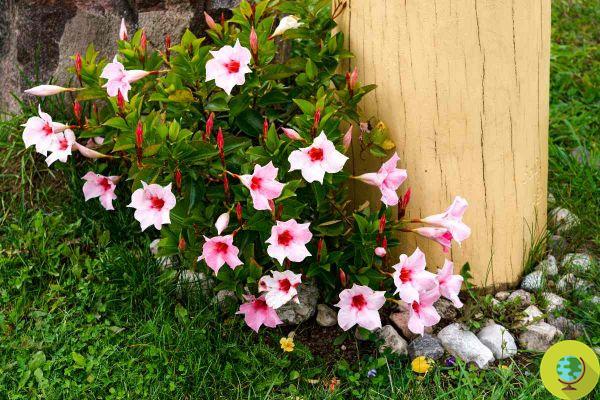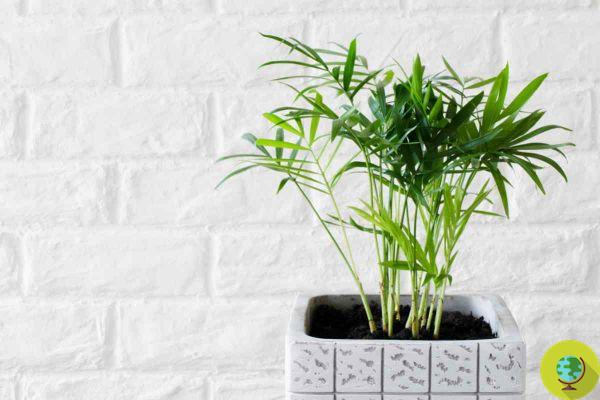How to grow rudbeckia the perfect wildflower for coloring gardens in the fall and for having long and resistant blooms
How to grow rudbeckia the perfect wildflower for coloring gardens in the fall and for having long and resistant blooms
When we think of a garden in late summer, we most likely imagine it full of these magnificent flowers that look so much like daisies. They are actually closely related to the sunflower family. It is a very hardy and extremely resistant species. Rudbeckia or black-eyed Susanna (Rudbeckia hirta) is in fact part of the Asteraceae family. In fact it is a wildflower and therefore for a long time snubbed by lovers of plants and gardens. But also garden design has undergone a revolution in terms of tastes. Compared to the past, a garden with a natural and rustic look almost uncultivated is now more preferred. Here is what species of this type finally find their place in the panorama of favorite plants to decorate green spaces. (The gravel gardens are bleak expanses of "death", the tricks to transform them into an oasis of biodiversity)
Index
An ecological and sustainable choice
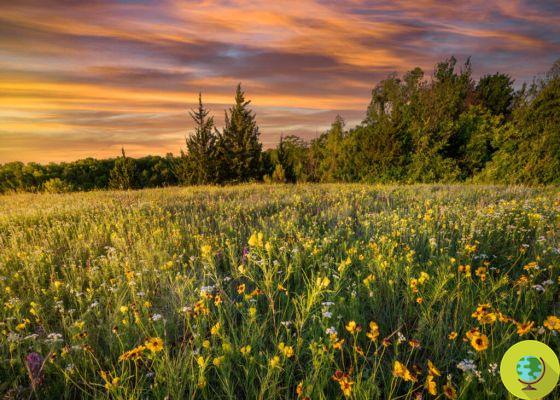
Driving the success of rustic species such as Rudbeckia is not only a different aesthetic sense but also some considerations that have to do with sustainability and biodiversity. We must know that choosing field plants for our gardens means choosing plants that are much more resistant to both parasitic attacks and to more difficult climatic conditions. By nature they have developed all the characteristics to survive the external environment without in any way having been "domesticated" by man. Here are just a few advantages of field plants:
- they have less water requirements: they prefer dry and well-draining soils;
- they need less pesticide products: they have all the defenses against them in the course of evolution;
- they attract many pollinating insects: this allows them to reproduce in large quantities and interbreed with different species.
The flowering of Rudbeckia
Black-eyed Susan has an extraordinarily long flowering period, some species start flowering in early spring and finish in late autumn. Despite being an annual or biennial plant, given the abundance of seeds it leaves on the ground, every year we will see more and more new plants born. They also have the ability to attract many birds which work as efficiently and as efficiently as many pollinating insects. In fact, during the flight, they sow, helping to create a full and flowery garden.
To increase the birth of flowers, let's prune them as soon as they wither. At the end of the summer we carry out an abundant husking of the old branches and leaves to push the plant to bloom again in the middle of autumn. Also, this is the best time to take the seeds and plant them the following year. Otherwise we can immediately place them in a vase to see the first sprouts appear at the beginning of the summer.
The variety of species
Thanks to the increasing appreciation received, many varieties have been created, it seems over 25. But we have seen how its ability to self reproduce leads it to cross with many plants thus creating a multitude of variants. The best known and most popular colors range from bright yellow to ocher orange while the inner eye is brown. Red and burgundy variants can also be found and some of them have a green center.
Irrigation
We have mentioned how its rustic character makes it particularly resistant to drought. In fact, we must be very careful of water stagnation on the ground which can easily favor the onset of powdery mildew, a fungal disease that arises precisely with the lack of aeration of the land and therefore the stagnation of humidity. It is therefore advisable to plant or sow the plants 30 cm away from each other and leave the ground as free and clean as possible at the base in order to irrigate from below and not rain from above. The water on the leaves actually favors the development of the fungus.
How to combine them
The best combinations to create remarkable scenic effects are made with other plants with a rustic character but with contrasting colors. Think for example of white daisies, sage, zinnias and lilies. We play with the contrasts of color and height, so in the background we can plant their sunflower cousins.
Follow us on Telegram | Instagram | Facebook | TikTok | Youtube
On flower gardens you may also be interested in:
- With these plants you can attract birds to the garden and feed them with their seeds (Opens in a new browser tab)
- Gardens and sensory paths for children: how to make them (even at home)
- Green bonus 2021: 36% deduction confirmed for gardens, balconies and terraces





